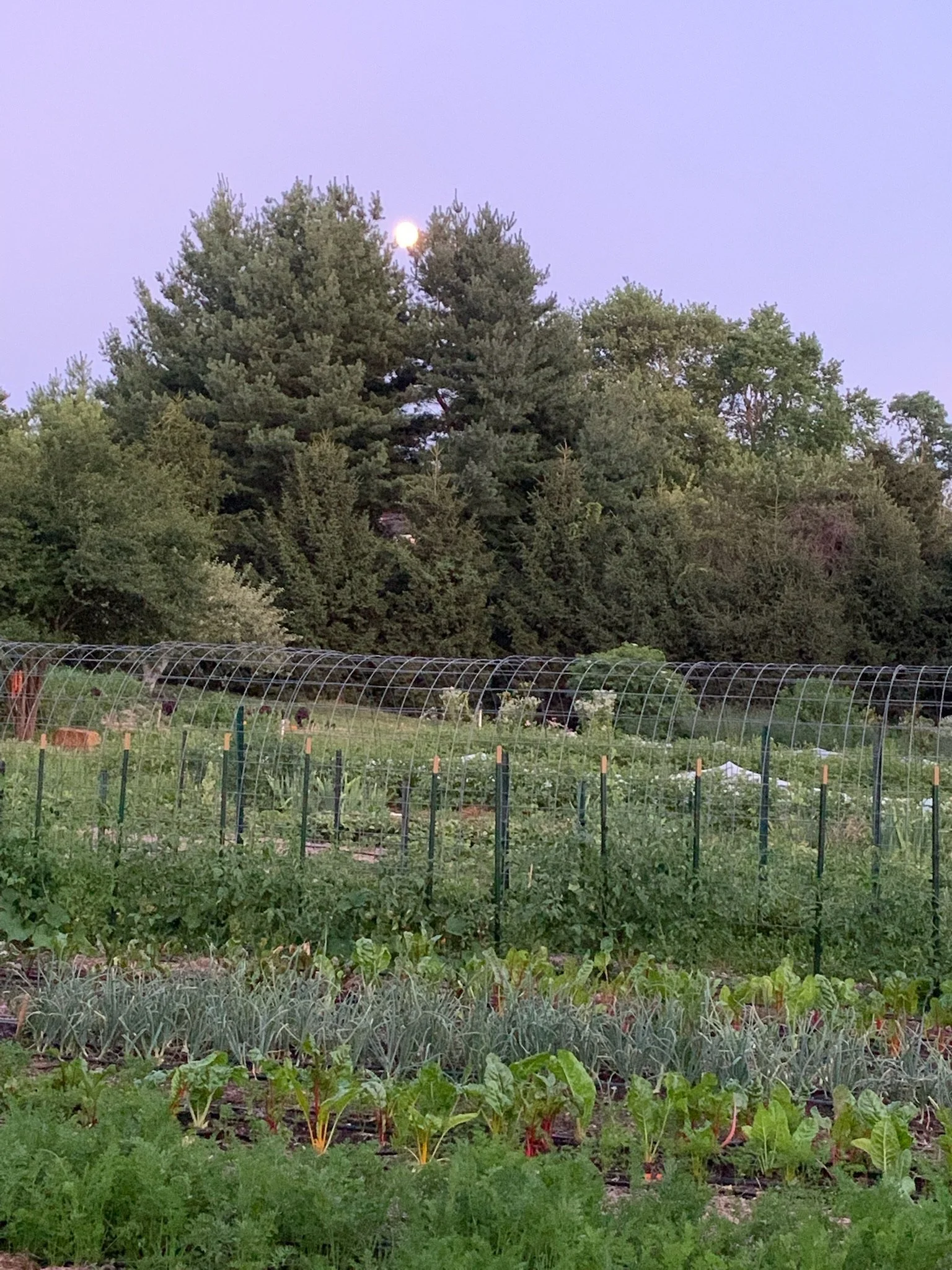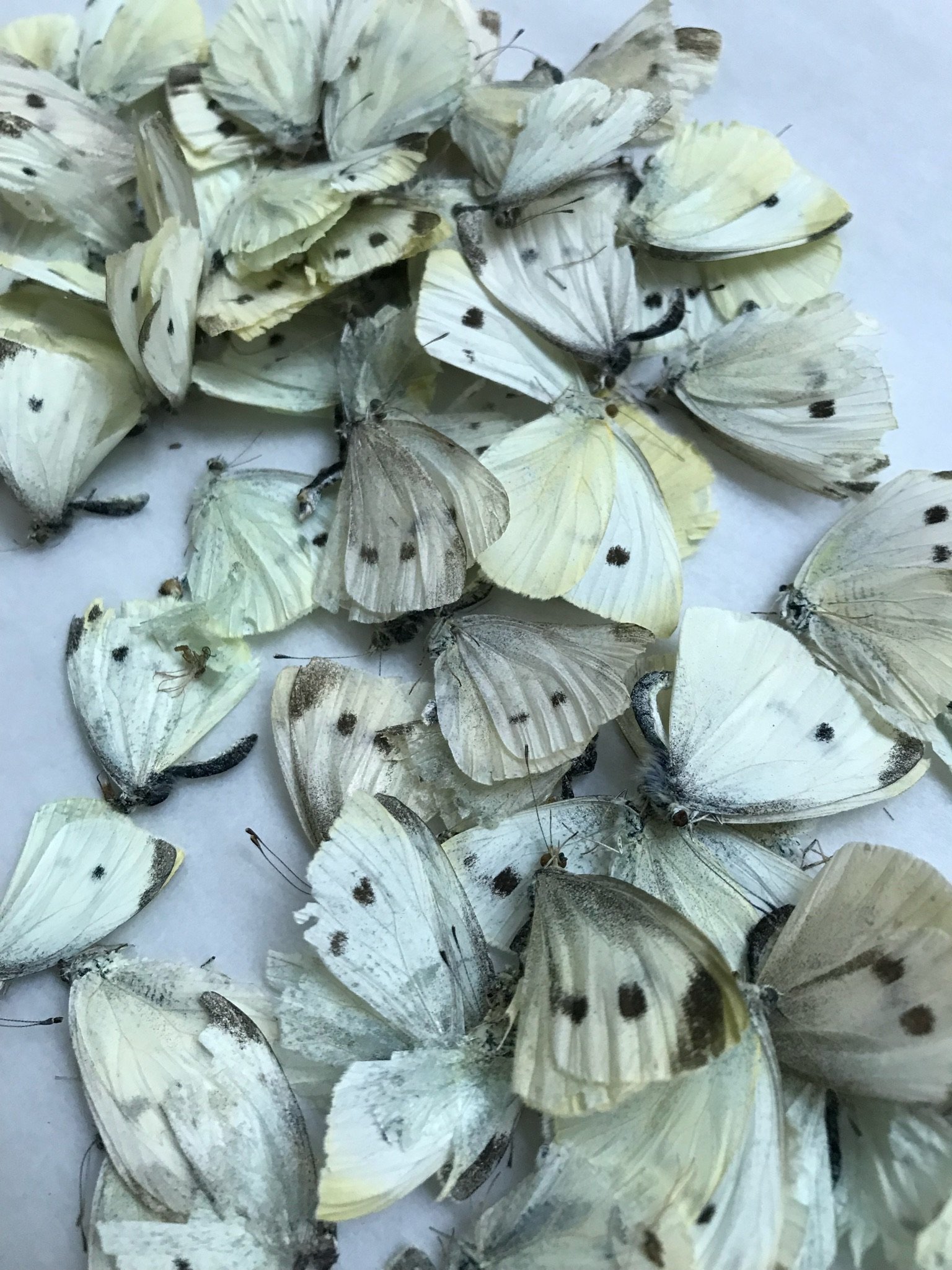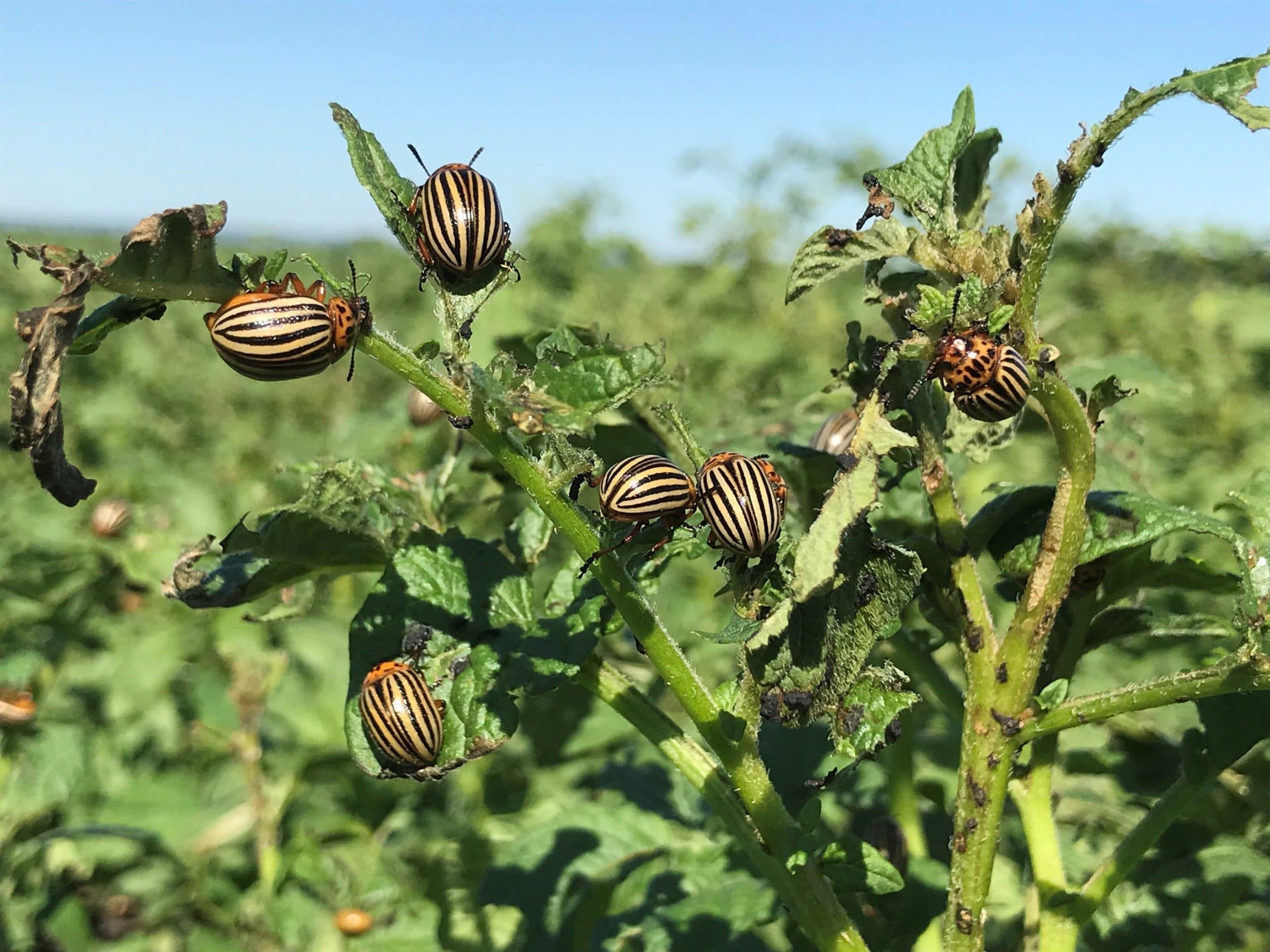The Truth of Summer
“Sopping, and with no sign of stopping, then a breather. Warm again, storm again - what is the norm, again? It’s fine, it’s not, it’s suddenly hot: Boom, crash, lightning flash!”
-Old Farmer’s Almanac
Ahhh July, the flowers are in bloom and the bugs are buzzin’. Long sunny days relax into warm summer nights. For many, these are the most looked forward to weeks of the year -- a great time to take a few days off work, enjoy the weather, and maybe head to the beach.
For us farmers, July is the heart of season, with months of work behind us and months of work to go, exhaustion can set in lured by the long and languid energy of summer. Seeding, transplanting, and cultivating; weeding, harvesting and packing for market; early mornings, physical labor, managing pests and strategizing to mitigate weather extremes while accommodating for the need of each crop to maintain its optimal health, can all become overwhelming.
Weeds
Though it would be nice to join our loved ones on the beach and take a few days off, mother nature is abundant at this time, soaking up the sunshine and flourishing at a rapid rate. This means that along with the crops, the weeds are growing rapidly too. With most days giving more than 14.5 hours of light, harvests are at an all-year high. And while you are busy appreciating the abundance of produce coming in, without meticulous management, your whole farm can quickly become unrecognizable! You turn around and purslane has take over your carrots! You blink, and the galinsoga is flowering amongst the tomatoes! And the list goes on… Even some cultivated crops like mint and yarrow start to spread uncontrollably!
All our small team can do to manage is cultivating around the young crops, pulling weeds whenever possible and before they set seed, and keeping the earth covered by intercropping or mulching throughout the season to outcompete the weeds. The thought of no weeds feels to us like the cool dip in the water we so desperate crave.
Pests
And within that green jungle that once was your field, a full, buzzing ecosystem of bugs has also emerged. Some beneficial, some… not so much. Cabbage moths (to right) and flea beetles have been especially challenging for us to control, wreaking havoc on our brassicas (broccoli, cauliflower, cabbage, etc.) and July has always been their favorite month! Once we see white moths fluttering around the field, we know they will be laying hundreds of eggs which, once they hatch, the larvae (a green caterpillar) typically hang out on the underside of leaves munching away to their stomach’s content before they spin a cocoon and hatch out as an adult moth to repeat their life cycle.
Another pest we struggle with at VF is the Colorado Potato Beetle (below). These guys prefer nightshade family plants (eggplants, peppers, tomatoes, etc.), with a special penchant for… you guessed it, potatoes. Many a summer afternoon has been spent hand-picking these suckers off affected leaves, and tossing them into soapy water or squishing them. As many as we pick though, there are always hundreds more the next day.
Are you starting to see what we mean when we say we have a case of the Julys?
While we integrate a lot of preventative strategies such as creating a super-vital and biologically-diverse soil environment, do everything we can to strengthen the vitality of our plants, and thoughtfully craft our landscape to host birds, predators, and beneficials, sometimes pests still get the better of us.
We rely heavily on physical barriers such as insect netting and sticky traps and we regularly scout the field to catch early signs of bug presence. We may pull out infected plants and address the particular needs of each crop, but nature has her ways and will always throw a bit more complexity your way. Each pest actually comes to show us an underlying imbalance of some sort that needs to be corrected or strengthened. As biodynamic farmers we do our best to understand what a pest or problem is trying to tell us. May it be in our soil, the plant, the animal, us farmers, or the entirety of the farm, we seek answers to the question of how we can better serve the host in question? And there can even be very subtle influences that contribute to balance / imbalance on the farm, from our personal mood to energy coming from remote distances as far and wide as the cosmos.
Heat & Rain
Layer on days with 100°F+ heat. Even with early morning starts, the sun is inescapable in the field by 11AM and boy does it take a toll. Grueling heat and humidity will always add an extra challenge to any task, even with lots of water and shade breaks. And though the human labor side of things can be difficult, lots of our crops struggle in these extreme weather conditions as well. Yes, peppers, basil, and beans will soak it all in, but most else will falter in excessive heat. Lettuce, for instance, will often “bolt” in summertime - turning bitter and sending up a floral stalk as it senses end of life, and blackberries develop white globules to try to cope. If you begin to notice at the market that certain crops are only available in spring and then again in the fall you can assume these plants crave the cool too! Though harvesting happens in the relatively-cooler mornings, delicate herbs, greens, and flowers can easily begin to wilt if not brought into the wash station or walk-in cooler fast enough. A key to high-quality produce that lasts, is a short field-to-cooler time. This is a major priority for us, so we work quickly even when the heat begs us to slow down.
With summer’s intense warmth, we hope desperately for adequate rain though sometimes this comes in extremes as well. Last year, for instance, we had multiple periods of 6” of rainfall — too much even for the stable, high-water holding capacity soil we are building. Our farm has a few dry wells to ensure drainage, and our practices are built for water retention, but even with as much soil covered in photosynthesizing matter as possible, these extremes can still cause damage. If the soil stays wet and saturated with water for too long, roots will rot, leaves will mold and mildew, and fungus can spread quickly among our ripening fruits. With this in mind, we’re always keeping a close eye on our irrigation system — ensuring crops get sufficient water when the sun is baking, and shutting everything off in preparation for summer’s deluges.
It’s a fine balance and a constant dance all season long.
Beauty
Despite the peak-season’s challenges, every farmer knows the deep gratitude that comes from these months. To stand back in awe of the extremes, to be overwhelmed by growth and life itself like “how did these tomatoes seemingly grow four inches overnight!”, and to work yourself into a dirty, sweaty mess every day doing something you love is truly a gift. Our truth of summer is one of learning, acceptance, growth, challenge, laughter and fun, and deep appreciation.
Today, we are proud to say that this July has felt our best one yet at VF! We have a strong and committed team, our momentum is consistent, and we are rolling through each week with energy and vision. We are grateful from many seasons of learning, from the invaluable footprints left by those who spent a season or two with us, and from the collective wisdom of mentors like Jean-Martin Fortier, Frith Farm, and a many others less famous, who help us turn mistakes into challenges, and setbacks into our greatest teachers. We love the product we offer you and your loved ones as much as we love growing with it.






